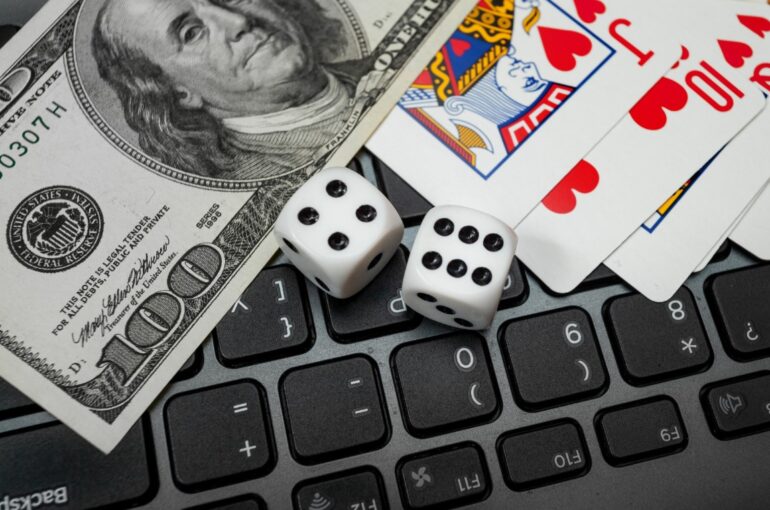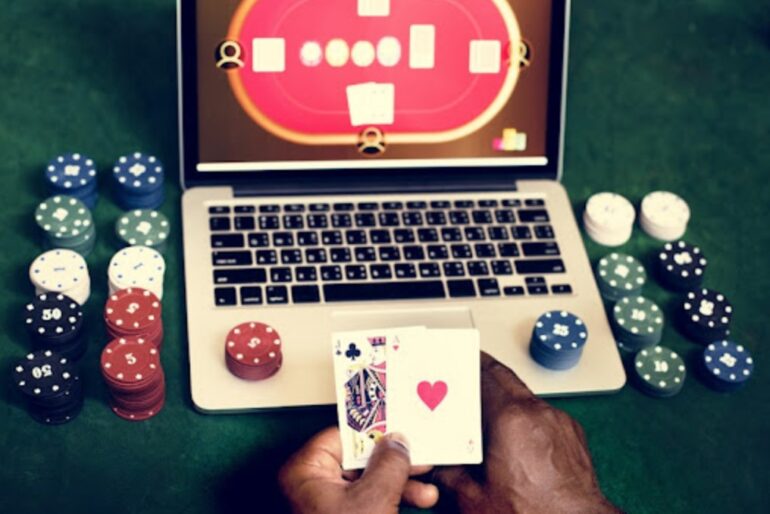The allure of casinos lies in their array of games that promise thrills, entertainment, and the potential for profit. Yet, beneath the glitz and glamour, the fundamental truth remains: most casino games are designed to ensure a house edge, a mathematical advantage that guarantees the casino profits in the long run. Amidst this seemingly invincible array, one game stands out for its vulnerability to a mathematically strategic approach: Blackjack.
Unveiling Blackjack

Blackjack, also known as 21, is a card game that pits players against the dealer. The objective is straightforward: to achieve a hand value closer to 21 than the dealer’s without exceeding it. At first glance, Blackjack appears to be a game of chance, dependent on the luck of the draw. However, its mathematical underpinnings reveal a game of skill and strategy where players can tilt the odds in their favor.
The Mathematical Foundation
Blackjack’s potential for being beaten stems from its clear rules and the game’s dependence on a finite number of cards that aren’t reshuffled after each hand. This leads to changing deck compositions over time, influencing the likelihood of different outcomes, unlike the purely random nature of most casino games.
Card Counting

Card counting, a renowned Blackjack strategy, entails tracking dealt high and low cards to gauge future hand advantages. High cards favor players by boosting blackjack odds and dealer bust chances, while low cards help the dealer by lowering bust risks. Counters tally card values, raising bets with a positive count of high cards and minimizing bets when the count is negative, signaling lower player odds. Check out the best live dealer games available.
The Challenge of Card Counting
While card counting is legal, casinos are well aware of this strategy and employ measures to counteract it. These include using multiple decks to dilute the effect of counting, shuffling the deck prematurely, and employing sophisticated surveillance to identify and discourage card counters. As a result, successful card counting requires not only mathematical skills but also a high degree of discretion and the ability to adapt to changing casino practices.
Beyond Counting: Strategy and Discipline

Card counting is not the only strategy that players use to beat Blackjack. Basic strategy charts, which provide the optimal move (hit, stand, double down, split) for every possible player hand against every possible dealer upcard, can significantly reduce the house edge. Moreover, disciplined bankroll management and emotional control are essential for navigating the highs and lows of the game.
Conclusion: A Beatable Game Within Reach
Blackjack’s status as the only mathematically beatable game in a casino does not imply easy profits. It represents a unique challenge where success requires a blend of mathematical prowess, strategic thinking, and psychological acumen. For those willing to dedicate themselves to mastering these elements, Blackjack offers not just the possibility of profit, but the allure of outsmarting the seemingly unbeatable casino system.
